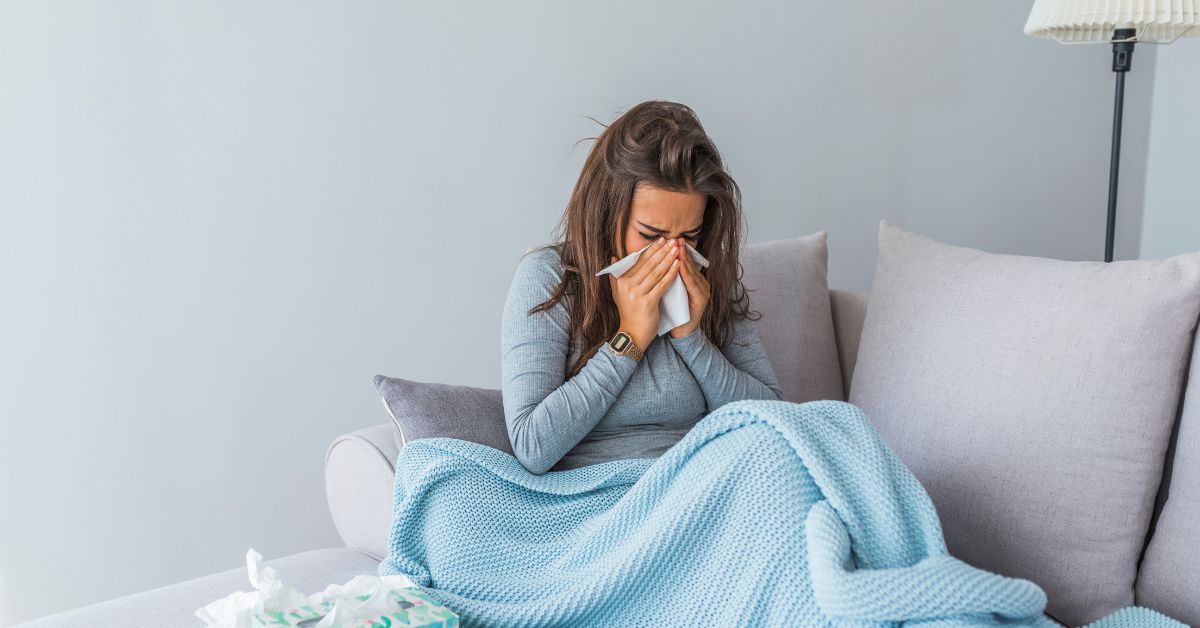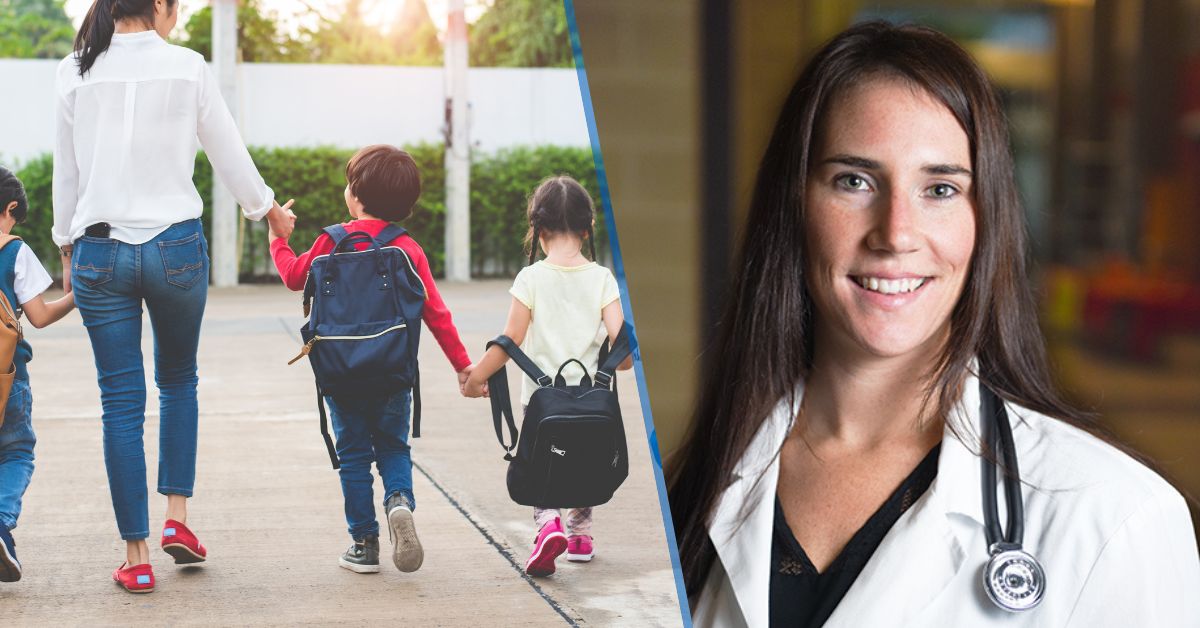Here’s how to keep your kids as safe as possible while they’re home alone
Are you at work during the day when your children are home after school or for summer break? Letting them navigate the house on their own — or with an older sibling or babysitter — is a great way for them to build independence. But it’s also a time when home safety is particularly important. Setting safety rules for kids at home by themselves can give you peace of mind and keep your children protected while you’re away.
What’s the right age to let kids stay at home without a parent?
Pediatricians and childcare experts generally recommend that kids can start staying home alone when they turn 11 or 12. However, you know best about the level of responsibility your and your children are comfortable with. To be home without you there, your child (or the older sibling or babysitter) should understand:
- What to do during a natural disaster or medical crisis, including how to call 911
- How to answer the phone without letting the caller know you’re not home
- How to use a first-aid kit
- How to put out a small kitchen fire
- How to get ahold of you or another trusted adult
- Which activities aren’t allowed while you’re away
Create and review an emergency plan
One of the most useful and important safety tips for kids at home is to make sure children understand what to do when an emergency happens. Children of all ages should know how to leave the house during a fire. Older kids and babysitters should also know how to help younger ones during an event like an earthquake, tornado or storm.
Teach kids several escape routes out of your house. Have them practice using these routes once a month. Post important phone numbers — for you, neighbors, grandparents and other reliable people — in an easy-to-find place, like the front of the fridge. Keep a copy of basic emergency-plan instructions there, too.
Keep them at home
Whether it’s summer break or the kids are getting home from school in the afternoon, keep them at home while you’re out. You’ll feel better knowing where they are. Have an older child call to check in with you throughout the day. Provide ways everyone can stay busy — like doing homework, practicing a musical instrument, taking care of chores or reading. Remind them to always keep the doors locked while they’re home. Make sure they know how to put the code in your home security system, too.
Set cooking rules
Kids need healthy after-school snacks and summertime meals. But, there may be certain cooking tasks you don’t want them doing alone — like using the stove. Create some kitchen-safety rules to follow. These might include:
- Not using knives, the stove or the oven, depending on how old the kids are
- Cleaning up spills right away to prevent slips and falls
- Turning pot and pan handles to the inside area of the stove
- Focusing carefully on the cooking task at hand without distractions
- Opening warm containers of food away from their bodies to prevent burns and spills
- Understanding what can and can’t go into the microwave, including foil, and learning to stir microwaved food before eating it
Older children should know where you keep the fire extinguisher in your kitchen. It’s also a helpful idea to store a first-aid kit, batteries and flashlights in this spot, too. That way, everything is easy to remember and reach.
It’s a big step when kids become able to take care of themselves at home alone. Don’t forget that summer is also a great time for kids to catch up on appointments and physicals. To schedule an appointment, find a doctor near you today.
Interested in more stories like this? Our Summer Survival Guide is full of healthy living tips to start your summer right. Learn more here.






